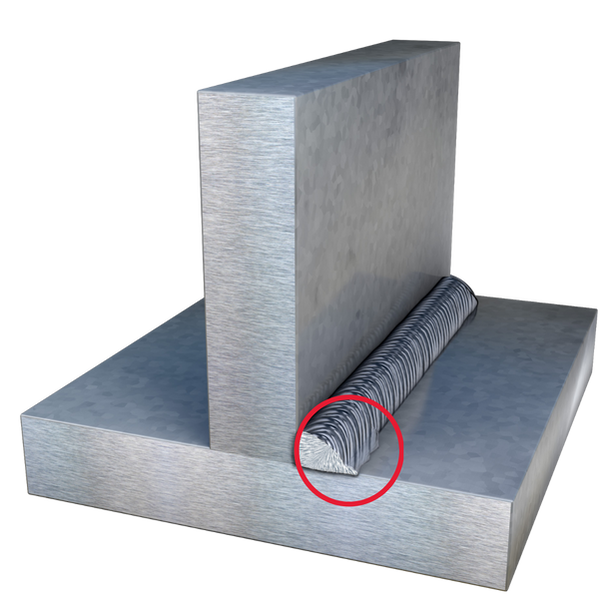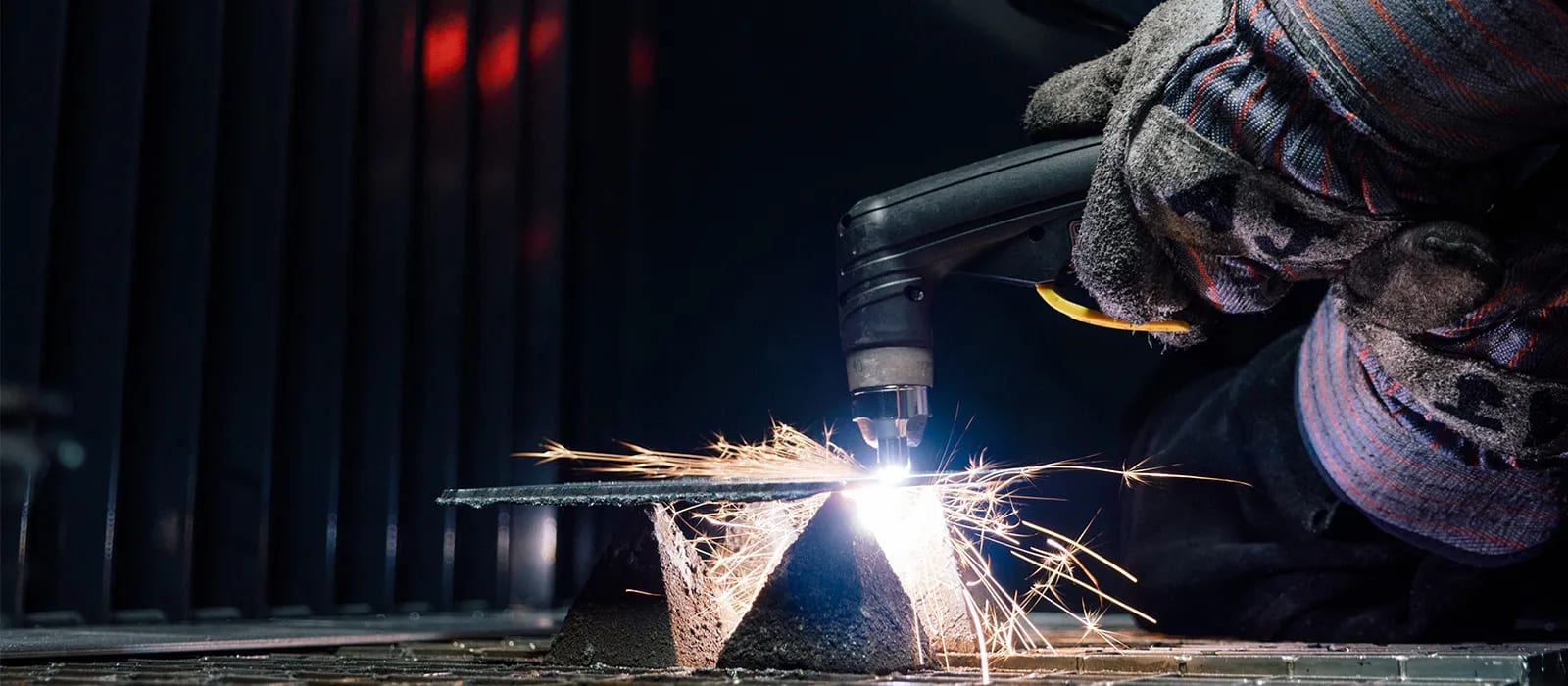Preventing Weld Undercut: Proven Methods Every Welder Need To Know
Preventing Weld Undercut: Proven Methods Every Welder Need To Know
Blog Article
Understanding the Art of Welding: Just How to Prevent Undercut Welding Issues for Flawless Manufacture Results
By recognizing the root triggers of undercut welding and implementing reliable techniques to stop it, welders can elevate their craft to brand-new levels of quality. In the search of flawless construction outcomes, mastering the art of welding to avoid undercut issues is not just an ability yet a necessity for those aiming for excellence in their work.
Understanding Undercut Welding

To avoid undercut welding, welders ought to make certain appropriate welding criteria, such as adjusting the present, voltage, traveling speed, and keeping the correct electrode angle. Furthermore, making use of the proper welding technique for the certain joint configuration is crucial. Employing weaving movements or backstepping strategies can assist make certain proper weld metal deposition and minimize the chance of undercut formation. Routine examination of welds throughout and after the welding procedure is likewise important to capture any type of undercut early and make necessary adjustments to avoid more issues. Preventing weld undercut. By recognizing the root causes of undercut welding and executing preventative measures, welders can attain top quality, structurally audio welds.
Reasons For Undercut in Welding
Comprehending the variables that contribute to undercut in welding is essential for welders to create high-quality, structurally sound welds. Insufficient welding present or wrong welding rate can also contribute to damage. Recognizing these causes and executing correct welding techniques can assist protect against undercutting problems, making certain sturdy and strong welds.
Methods to avoid Undercutting

To minimize the risk of undercutting in welding, welders can use strategic welding techniques focused on boosting the quality and integrity of the weld joints. One efficient approach is to readjust the welding criteria, such as voltage, current, and travel speed, to guarantee appropriate warm input and deposition. Preserving an ideal electrode angle and ensuring consistent travel speed can also help avoid undercut. Furthermore, using the appropriate welding strategy for the specific joint configuration, such as weave or stringer beads, can add to decreasing undercutting. Preventing weld undercut.
Additionally, correct joint preparation, consisting of ensuring clean base materials totally free of pollutants and using the suitable welding consumables, is vital in protecting against undercut defects. Utilizing back-step welding strategies and managing the weld bead profile can additionally assist distribute warmth equally and minimize the threat of undercut. Regular inspection of the weld joint during and after welding, as well as applying quality control actions, can help in addressing and detecting damaging concerns promptly. By executing these techniques vigilantly, welders can accomplish flawless fabrication results with marginal undercut problems.
Value of Appropriate Welding Specifications
Selecting and check this maintaining suitable welding specifications is essential for accomplishing successful welds with marginal defects. Welding specifications describe variables such as voltage, current, travel speed, electrode angle, and securing gas flow price that directly influence the welding process. These criteria have to be very carefully changed based upon the sort of product being bonded, its thickness, and the welding method used.
Proper welding specifications guarantee the right quantity of warm is put on melt the base metals and filler material evenly. If the parameters are set expensive, it can lead to too much warmth input, triggering distortion, spatter, or burn-through. On the various other hand, if the specifications are as well low, insufficient fusion, absence of infiltration, or damaging might happen.
Quality Control in Welding Procedures

Final Thought
To conclude, understanding web the art of welding requires a detailed understanding of undercut welding, its reasons, and methods to avoid it. By ensuring correct welding criteria and applying quality control techniques, flawless manufacture results can be attained. It is crucial for welders to constantly pursue excellence in their welding operations to avoid undercut issues and produce premium welds.
Undercut welding, a common issue in welding procedures, happens when the weld steel doesn't correctly load the groove and leaves a groove or clinical depression along the bonded joint.To Clicking Here avoid undercut welding, welders ought to ensure correct welding parameters, such as adjusting the current, voltage, traveling rate, and keeping the right electrode angle. Inadequate welding present or incorrect welding speed can likewise contribute to undercut.To minimize the threat of damaging in welding, welders can employ critical welding strategies intended at improving the high quality and honesty of the weld joints.In final thought, grasping the art of welding needs a detailed understanding of undercut welding, its causes, and methods to prevent it.
Report this page